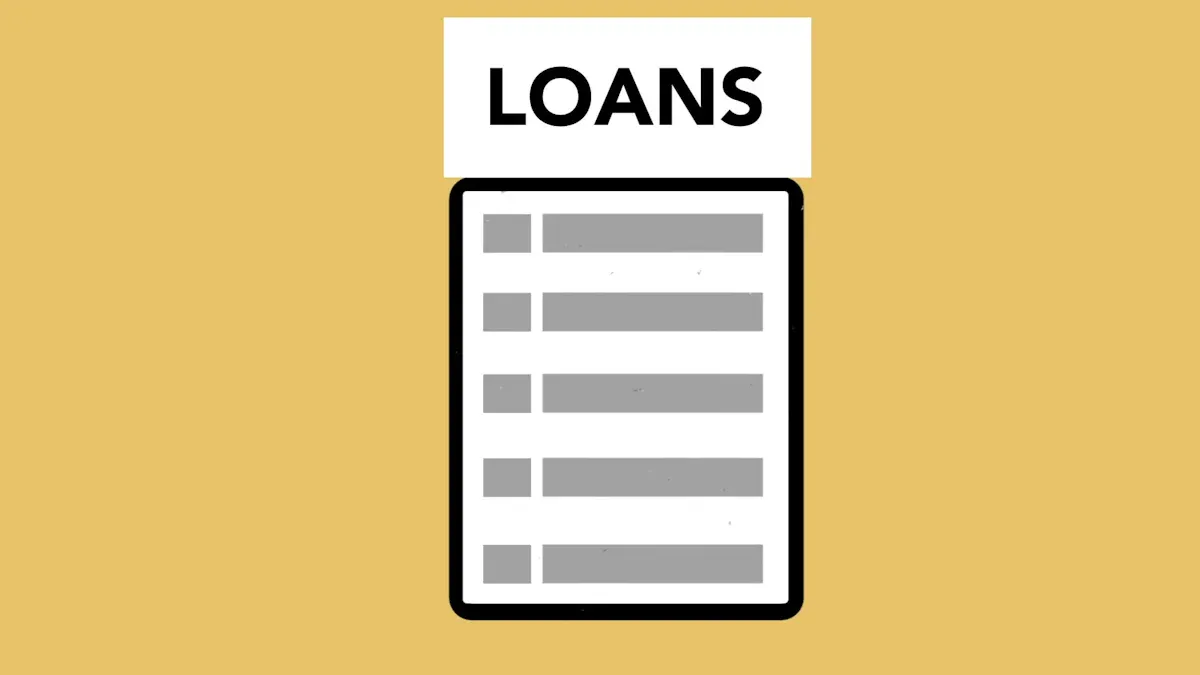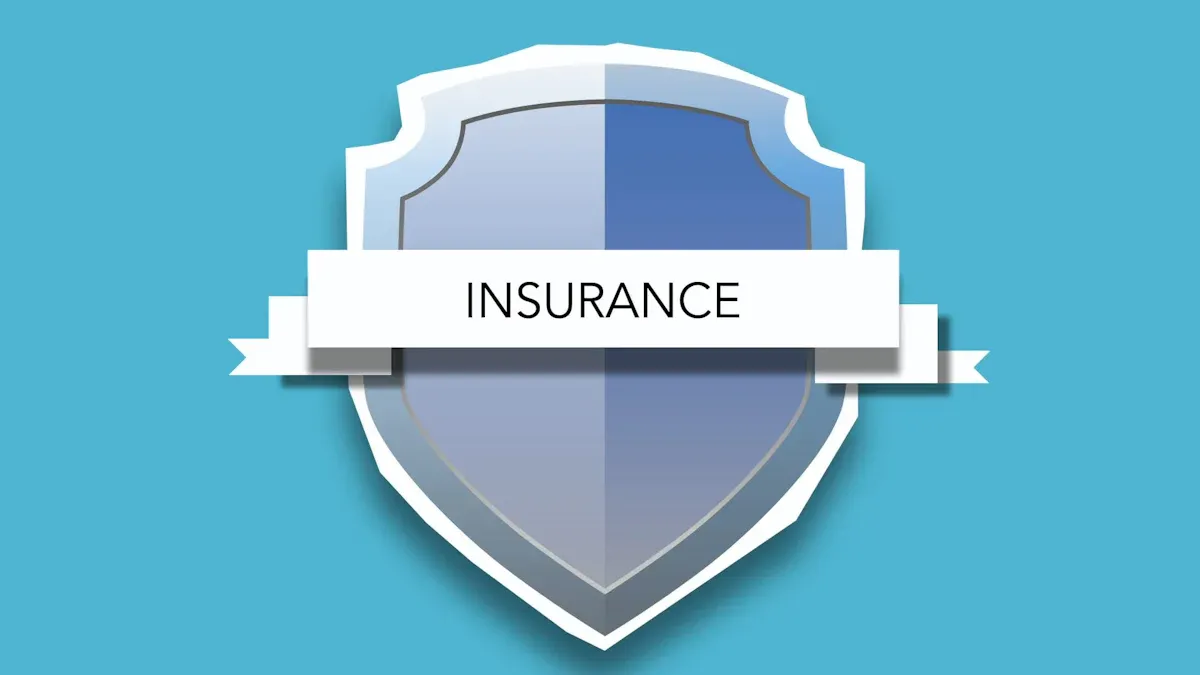Image Source: pexels
Choosing the right insurance product can feel overwhelming. Many people regret their decisions due to insufficient evaluation. In fact, 53% of employees regret their private Medicare plan choices during Open Enrollment. Understanding how to evaluate the overall value of an insurance product ensures you make informed decisions that align with your financial goals.
| Percentage | Description |
|---|---|
| 53% | Employees who regret choices of private insurance Medicare plans due to insufficient evaluation during Open Enrollment. |
Key Takeaways
- Begin by checking the coverage and policy details. Know what is covered and what is not to avoid problems later.
- Compare costs and benefits. Make sure the policy is worth the money you spend.
- Try online tools to compare different insurance plans. These tools show differences in coverage and prices quickly.
Key Factors in Evaluating Insurance Value
Coverage and Policy Details
When I evaluate an insurance product, I always start by reviewing the coverage and policy details. These define what the insurance will and won’t cover. For example, a health insurance policy might include hospital stays, prescription drugs, and preventive care. However, it’s essential to check for any gaps in coverage. I recommend reading the fine print carefully to avoid surprises later. A thorough understanding of the policy ensures that it aligns with your needs.
Cost and Affordability
Cost plays a significant role in determining the value of an insurance product. I look at the premium, deductible, and out-of-pocket expenses. A low premium might seem attractive, but it could come with high deductibles or limited coverage. Balancing affordability with adequate protection is key. I suggest calculating how much you can comfortably spend without compromising your financial stability.
Benefits and Added Features
Some insurance products offer additional benefits that enhance their value. For instance, life insurance policies might include living benefits or riders for critical illness. I always consider these extras when comparing policies. They can provide added peace of mind and make a policy more appealing.
Exclusions and Limitations
Understanding exclusions and limitations is crucial. Many policies exclude coverage for specific scenarios, such as:
- Theft of personal belongings inside your vehicle
- Use of a personal vehicle for business
- Intentional misuse or risky behaviors
- Normal wear and tear
I’ve learned that these exclusions can significantly impact the usefulness of a policy. Always ask questions and clarify what’s not covered before making a decision.
Company Reputation and Customer Service
Finally, I assess the insurance company’s reputation and customer service. A company with a strong track record and positive reviews often indicates reliability. I also value responsive customer service, as it ensures smooth communication during claims or inquiries. Researching online reviews and ratings can provide valuable insights into a company’s performance.
Methods to Assess the Overall Value
Cost-Benefit Analysis
When I evaluate an insurance product, I always start with a cost-benefit analysis. This method helps me weigh the financial costs against the potential benefits of a policy. To do this effectively, I follow a few key steps:
- Define the scope of the insurance policy I’m analyzing.
- Identify all associated costs, including premiums, deductibles, and potential risks.
- List the benefits, such as coverage, added features, and peace of mind.
- Calculate the total costs and benefits to compare them side by side.
- Make a recommendation based on whether the benefits outweigh the costs.
This process ensures I make a well-informed decision. It also helps me avoid policies that might seem affordable but lack sufficient value.
Online Comparison Tools
I find online comparison tools incredibly useful when assessing insurance options. These tools allow me to compare multiple policies quickly. They highlight differences in coverage, costs, and added features. For example, I can input my specific needs, like health or auto insurance, and receive tailored recommendations. Many tools also provide user reviews and ratings, which give me a clearer picture of each insurer’s reliability. Using these tools saves time and ensures I don’t overlook better options.
Expert Advice and Reviews
Expert reviews play a crucial role in my decision-making process. They provide detailed insights into the reputation and reliability of insurance providers. I often look for reviews that compare policy features side by side. This helps me understand which policies offer the best value. Additionally, customer reviews reveal how efficiently insurers handle claims and respond to inquiries. These insights give me confidence in choosing a provider that meets my expectations.
By combining these methods, I’ve learned how to evaluate the overall value of an insurance product effectively. Each approach adds a layer of understanding, ensuring I select the best policy for my needs.
Practical Steps for Evaluation

Image Source: pexels
Create a Checklist of Needs
I always begin by creating a checklist of my insurance needs. This step helps me focus on what matters most. For example, I list essential coverage areas like health, auto, or life insurance. I also consider specific needs, such as coverage for dependents or protection against natural disasters. Writing these down ensures I don’t overlook anything important. A checklist acts as a guide when comparing policies, making the process more efficient.
Research Policies Thoroughly
Once I have my checklist, I dive into researching policies. I read the fine print to understand coverage, exclusions, and costs. I also compare policies from different providers to find the best match. Online tools make this process easier by allowing me to compare multiple options side by side. I’ve found that thorough research prevents me from choosing a policy that doesn’t meet my needs. It’s a critical step in learning how to evaluate the overall value of an insurance product.
Consult Insurance Professionals
When I feel uncertain, I consult insurance professionals. These experts provide valuable insights into complex policies. They help me understand technical terms and identify hidden costs. I also ask them for recommendations based on my checklist. Their advice often highlights options I might have missed. Speaking with professionals ensures I make informed decisions and avoid costly mistakes.
Regularly Review and Update Policies
I make it a habit to review my insurance policies at least once a year. This ensures my coverage aligns with my current needs. For example:
- I update beneficiaries after major life events.
- I check for cost savings if my health improves or market rates change.
- I adapt coverage to match new financial goals or retirement plans.
Experts recommend reviewing policies during renewal periods or after significant changes, like a new job or a major purchase. Regular updates help me avoid lapses and take advantage of better products or features.
Evaluating insurance products carefully ensures financial security and peace of mind. I recommend these strategies to empower decision-making:
- Break down complex terms into simpler ideas.
- Compare options with their pros and cons.
- Review policies together for clarity.
By following these steps, you can confidently select coverage that aligns with your needs.
FAQ
What should I prioritize when choosing an insurance policy?
I always prioritize coverage that meets my needs. Cost and exclusions come next. A policy should balance affordability with comprehensive protection.
How often should I review my insurance policies?
I recommend reviewing policies annually. Major life events, like marriage or a new job, also signal a good time to reassess coverage.
Tip: Regular reviews help you stay protected and avoid unnecessary expenses.
Are online comparison tools reliable for evaluating insurance?
Yes, I find them reliable for initial research. They save time and highlight key differences. However, I always verify details directly with providers.
🛠️ Pro Tip: Use multiple tools to cross-check information for accuracy.




